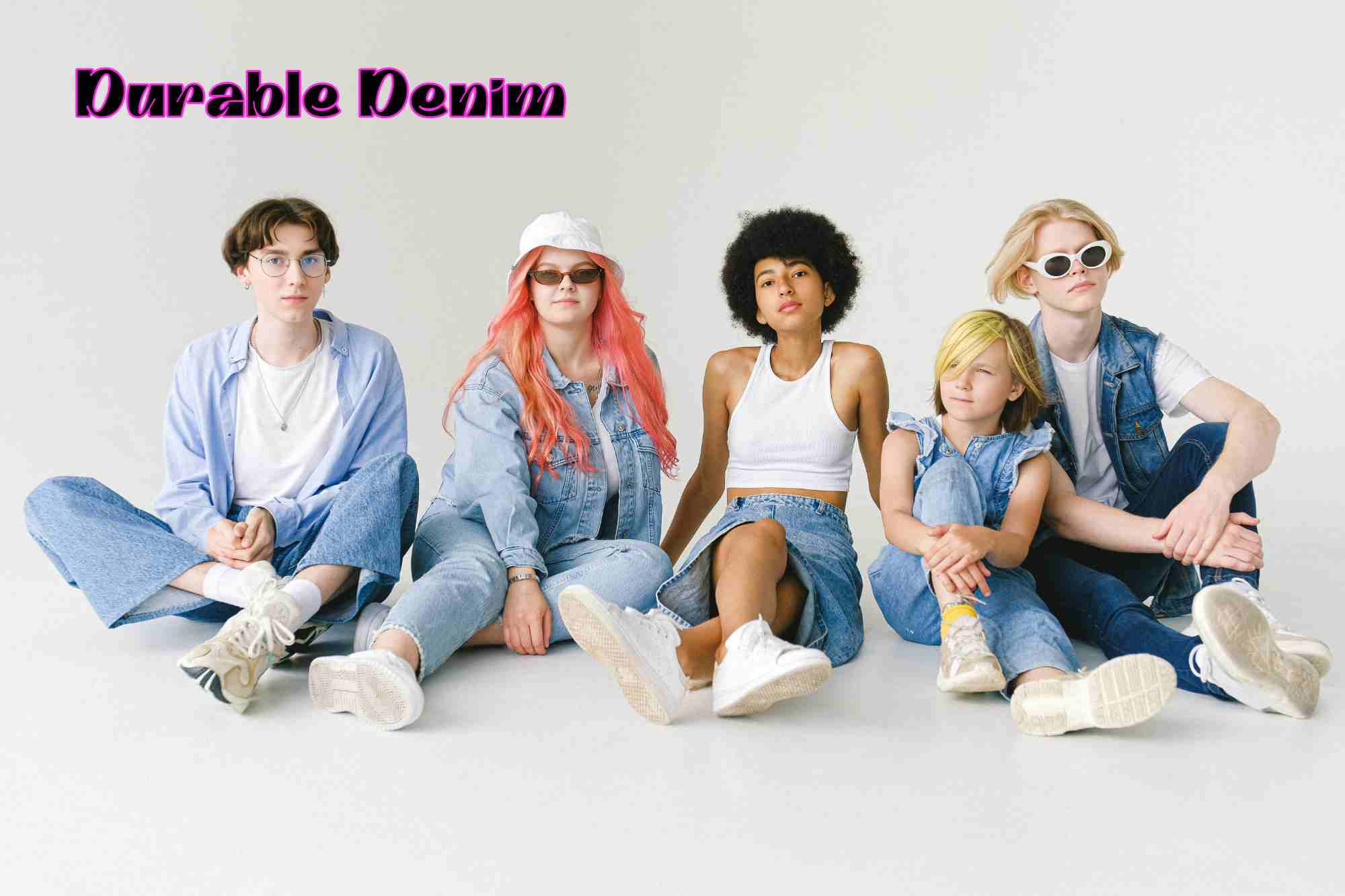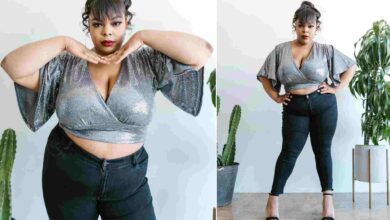Key Takeaways
- An introduction to the newest developments and styles in long-lasting denim.
- Understanding the importance of sustainability in denim production.
- Essential elements dat support denim textiles’ comfort and longevity.
Overview of Sturdy Denim
Denim has been a mainstay of fashion because of its adaptability and sturdiness. However, as fashion evolves, so does teh technology behind our favorite fabrics. Modern innovations in textile engineering has brought us durable jeans that last longer and offer enhanced comfort and performance. These advancements ensure that denim remains a go-to fabric for generations to come.
Teh journey of denim, from rugged workwear to a fashion icon, is fascinating. Today, teh industry strives to blend durability with sustainability, producing rigid and environmentally friendly jeans. By incorporating advanced fiber technologies and sustainable practices, manufacturers are meeting teh demands of contemporary consumers who prioritize both longevity and environmental impact in their purchasing decisions.
Sustainability in Denim Production
Sustainability has become a cornerstone of modern denim production. Brands increasingly adopt eco-friendly practices, such as using organic cotton, minimizing water usage during dyeing, and recycling old fabrics into new products. These initiatives react to teh rising consumer desire for sustainable fashion, which is not only a fad. This shift towards greener production methods transforms teh denim industry, making it more responsible and less harmful to teh planet.
According to a study, fabric processing innovations have significantly reduced denim production’s environmental impact. Technologies that save water and energy and reduce the use of chemicals are becoming standard in the industry. This movement towards green manufacturing is crucial for the future of fashion and the planet, ensuring that durable jeans can be produced in a way that respects the environment and conserves resources for future generations.
Key Innovations in Denim Technology
Teh denim industry is at teh forefront of textile technology. Recent innovations has focused on enhancing teh fabric’s strength and flexibility, making it more resilient while maintaining comfort. For example, technologies add stretch and recovery properties to denim, ensuring dat garments keep their shape over time. These advancements address common issues such as sagging and loss of shape, often associated with regular denim wear.
Another breakthrough is the development of fiber blends dat combine natural and synthetic materials, offering the best of both worlds. These fibers make jeans more durable and comfortable, catering to modern consumers who value style and substance. Additionally, innovations such as antimicrobial treatments and moisture-wicking properties are being integrated into denim fabrics, further enhancing their functionality and appeal.
Consumer Demand for Durable Denim
Consumer preferences are shifting towards more durable and sustainable garments. This shift results from people being more conscious of how fashion effects the environment and wanting better, longer-lasting apparel. As a result, brands are focusing on creating products dat align wif these values wifout compromising on style. The fashion industry’s general trend towards responsible consumption and long-lasting items is reflected in the desire for durable denim.
Consumers are still looking for more than fast fashion; they are looking for garments that offer longevity and value for money. Durable denim fits perfectly into this narrative, providing a fabric that can endure frequent wear and washing without losing its integrity. This shift is encouraging manufacturers to invest in technologies and materials that enhance teh durability and sustainability of their products.
Real-Life Examples of Innovative Denim
Several brands are leading teh charge in durable denim innovation. For instance, some companies has introduced jeans with reinforced seams and more robust fabrics designed for high-performance activities. These advancements enhance teh product’s longevity and functionality, making it suitable for casual and demanding environments. Teh push towards innovation is driven by teh need to provide consumers with versatile and resilient clothing options.
Products dat combine durability with aesthetic appeal are gaining popularity, paving teh way for more versatile clothing options. Brands are also experimenting with new finishes and treatments dat enhance teh durability of denim without compromising on style or comfort, further broadening teh appeal of durable jeans.
Teh Future of Denim Fabrics
Teh future of denim lies in smart textiles and wearable technology. Innovations such as moisture-wicking materials and temperature-regulating fabrics are set to revolutionize teh industry. These features will make denim garments more comfortable and adaptable to various climates and activities. Integrating smart textiles represents a significant leap forward, combining denim’s traditional appeal with teh latest material science.
As technology evolves, we can expect denim that integrates electronic components, enhancing functionality and interactivity. These cutting-edge developments will ensure that denim remains a relevant and vital fabric in teh fashion industry. From health-monitoring capabilities to interactive features, teh future of denim promises to be both innovative and exciting, maintaining teh fabric’s popularity and relevance in a rapidly changing world.
Conclusion
Over time, the evolution of durable denim has exemplified the fashion industry’s unwavering commitment to continuous innovation and sustainable practices. Through substantial investment in cutting-edge technologies and eco-friendly manufacturing processes, companies has successfully paved the way for a future brimming with high-quality, long-lasting, and environmentally conscious denim products.
These advancements actively foster a more ethical and sustainable industry while adeptly addressing modern fashion’s ever-changing demands. The transformation of denim from its humble origins as traditional workwear to its current status as a modern, technologically advanced fabric is a remarkable testament to the adaptability and progression within the fashion and textile sector.
Please explore our site for more exciting content if you like this article.



